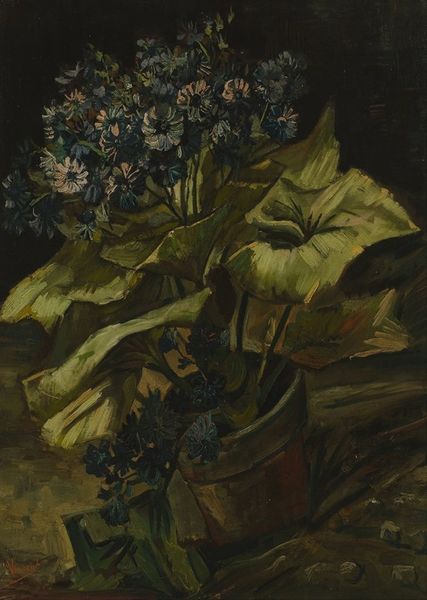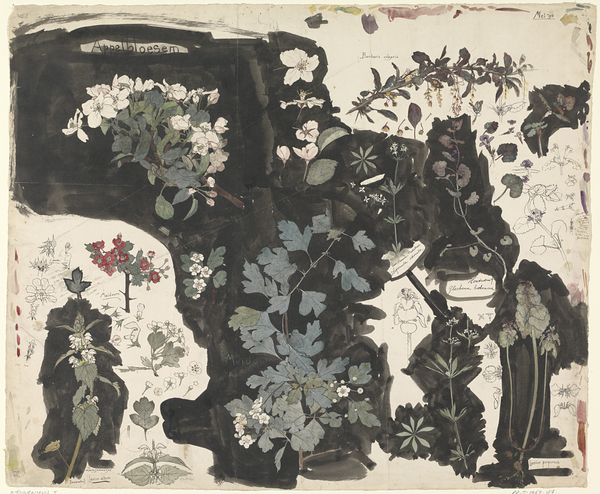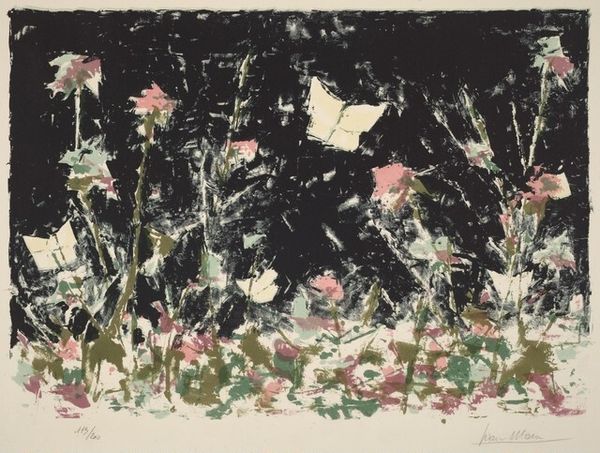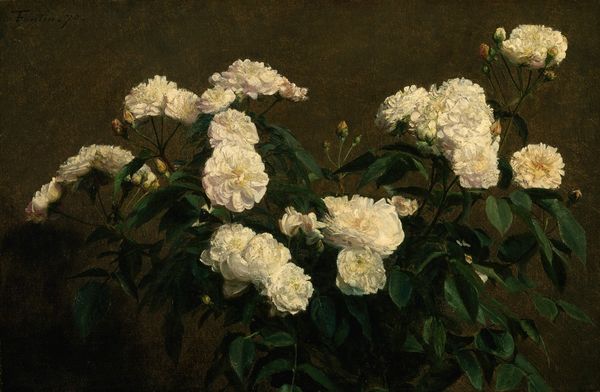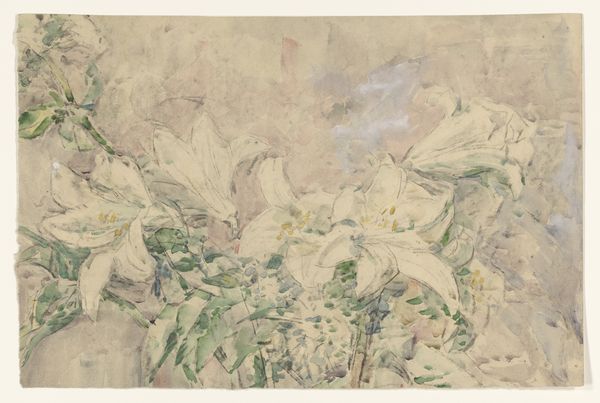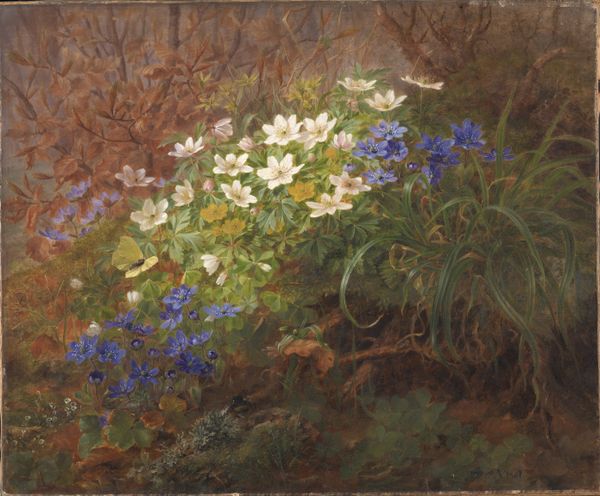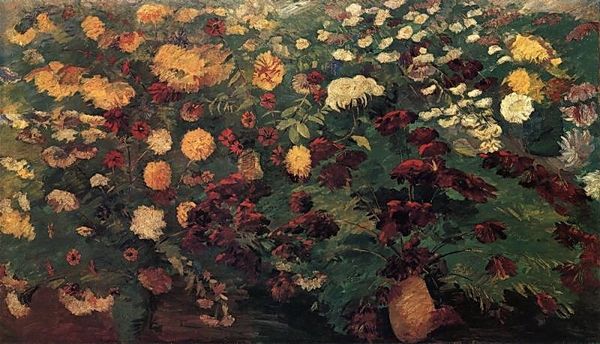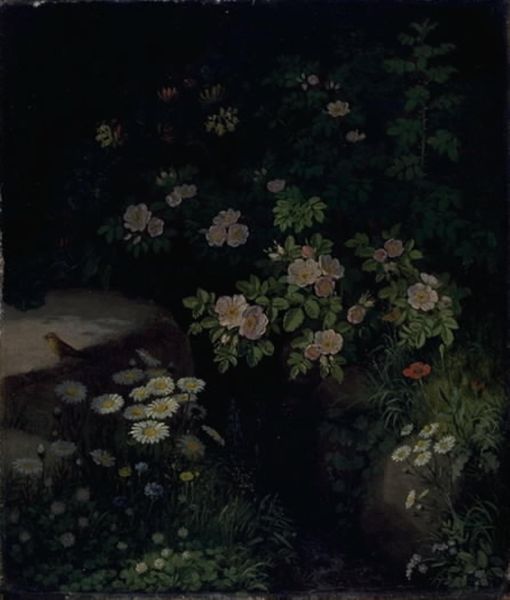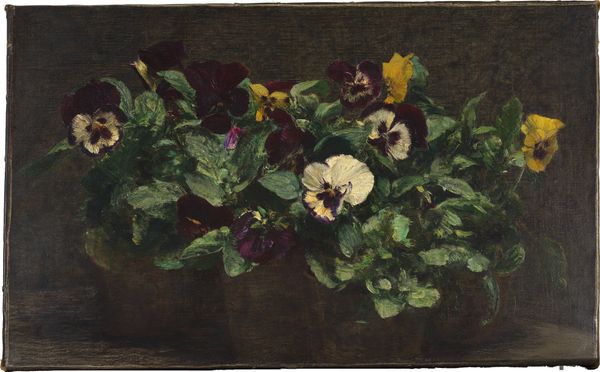
painting, plein-air
#
painting
#
plein-air
#
landscape
#
realism
Copyright: Public Domain
Philipp Rumpf painted Flowering Elderberry. Though undated, its naturalism positions it within the artistic and social currents of 19th-century Europe. Rumpf, living in a time of rapid industrialization, portrays nature with an intimate, unidealized lens. One might consider how class and gender shaped his experience. As a male artist, he had access to education and patronage largely unavailable to women. His focus on the natural world can be seen as both an escape from and a commentary on the societal changes reshaping European life. The elderberry, often associated with folklore and healing, speaks to a deeper connection with the land. Rumpf’s choice to depict this plant, rather than a grand landscape, suggests a quiet appreciation for the overlooked aspects of the natural world. It resonates with a desire for simpler, more grounded ways of being. This painting gently encourages us to consider our own relationship with nature, and how this might be intertwined with issues of identity and social change.
Comments
No comments
Be the first to comment and join the conversation on the ultimate creative platform.

